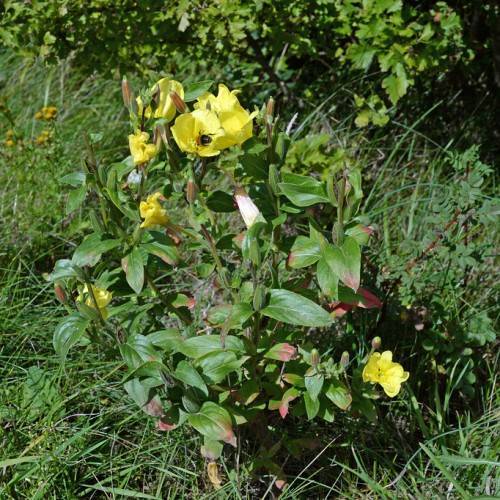
common evening primrose
Oenothera biennis
Cycle:
Herbaceous Perennial
Watering:
Minimum
Hardiness Zone:
4 - 9
Flowers:
Flowers In Summer
Sun:
Full sun
Soil:
Sandy Loamy Rocky
Fruits:
Fruits In Summer Ready In Summer
Edible:
Yes
Leaf:
Yes
Growth Rate:
High
Maintenance:
Moderate
Salt Tolerant:
Yes
Care Level:
Medium
watering
Common evening primrose should be watered every 2 to 3 days when the soil is dry to the touch. Water should be applied to the entire area of the soil, as opposed to just around the roots, and should be generous enough for the water to travel down to at least 6 inches below the surface. Soaking the soil with a generous amount of water will also help to ensure that any moisture that has drained away in the past will be replaced. Be sure to allow the soil to dry out between waterings. Too much water can cause root rot.
sunlight
Common evening primrose requires direct sunlight for at least 6 hours a day for proper growth and flowering. The best exposure for them is full sun during the morning and some shade in the afternoon, to avoid the harsh sunlight during the day. Common evening primrose can thrive in temperatures ranging from 45°F (7°C) to 80°F (26°C). In winter, the blooms may last a little longer with the cooler temperatures, but the best growth and flowering happens in the warmer months of the year.
pruning
Common evening primrose should be pruned after the flowering season has ended, usually in late summer or early fall, when the plant has gone dormant. Pruning should be done carefully, removing only the flowering stems to promote new growth. Remove any dead, damaged, or diseased wood. If the plant has become too large or is in need of shaping, thin out some of the branches to open up the interior of the plant and allow more light to reach it. Pruning should only be done as needed.
